Impossible to ignore: Deodorization mechanisms
There are ways to: (1) absorb odors, (2) physically remove them, and (3) chemically suppress them
Speaking of worries faced by working professionals, in the hot summer, there is no doubt that you have felt the sweat that appears the moment you get off the train. Gradually, the smell coming from one’s suit will start to bother you. Cool Biz is a policy wherein people are recommended to go forgo the necktie and jacket as part of the action taken against global warming as implemented in Japan. What kind of deodorizing methods exist when one needs to dress according to the situation? This time around, R&D staff of ThreeBond will introduce you to the mechanisms of deodorization.
The reason why sweat can make your suit smell
Sweat is one of the possible causes of smelly suits in the summer. Sweat itself is odorless. The bacteria which grows as a result of the sweat appearing on clothes breaks down the components contained within the sweat itself, resulting in the smell. We recognize those smells as the “smell of sweat.” Another cause of bacteria growth is sebum spots.
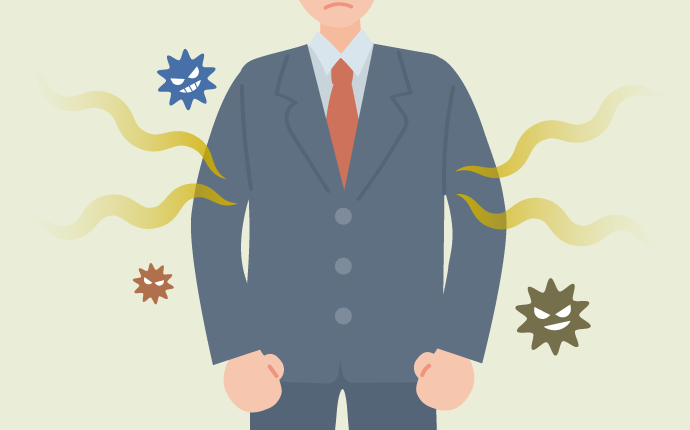
Let’s learn about deodorization methods
There are several ways to deodorize.
- Method 1: Adsorption. This means having another substance adsorb the odorous component.
Do you have, for instance, any “activated charcoal” in your house? Activated charcoal reduces smells by adsorbing the substances causing the smells, meaning that they are adsorbed into the charcoal itself. It does not, however, remove or break down the substances which cause the odor.
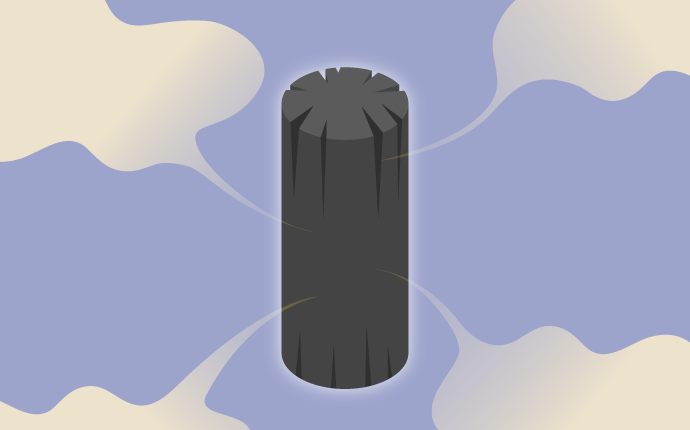
- Method 2: Physical removal. Wipe or wash away the cause of the odor itself.
When clothes and curtains get dirty, bacteria grow and cause odors. Cleaning and washing the item in question to remove the root of the smell is essentially an effective means deodorization. But if it gets dirty, bacteria will grow and a smell will result once again.

- Method 3: Chemical suppression. Reduce the growth of odor-producing bacteria.
To give an everyday example, there are interior decorations and cloth products that are subject to antibacterial treatment beforehand to prevent bacteria from growing on them. These are processed with a coating agent containing an antibacterial agent, or fibers with antibacterial agent kneaded into them beforehand are used. These are examples of chemically suppressing the growth of bacteria. As mentioned above, this method is used in various places. Even if the item gets dirty, the reproduction of bacteria is suppressed, so a smell will not be generated easily.
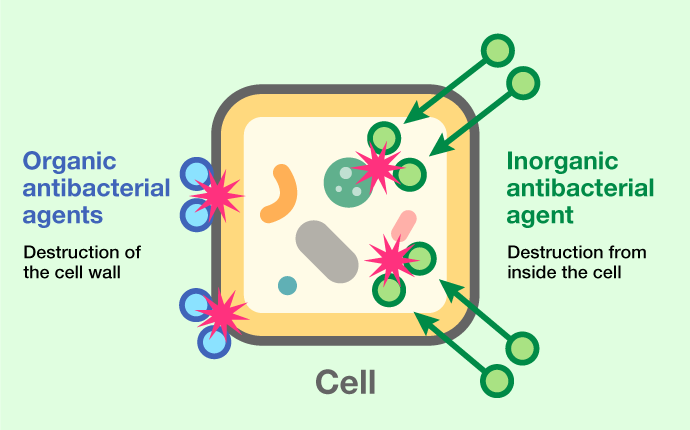
On the other hand, a “photocatalyst,” which is an inorganic antibacterial agent, demonstrates excellent performance that will continue to be effective as long as the active ingredient remains. Let’s take a closer look!
What is a “photocatalyst”?
Photocatalysts change water in the air into other components when exposed to light. Since this component can break down various organic substances, it is effective within a wider range of applications than activated carbon and organic/inorganic antibacterial agents, which are effective only against certain odorous components and bacteria.
In addition, since a photocatalyst itself does not react and only converts water, little degradation takes place and the effect can be continuously demonstrated for an extended period of time.
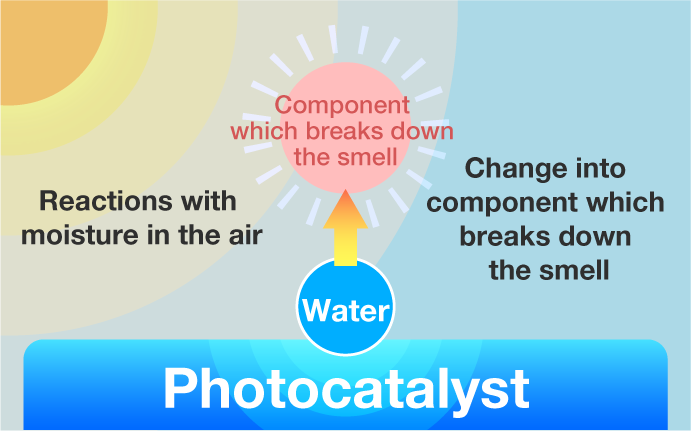
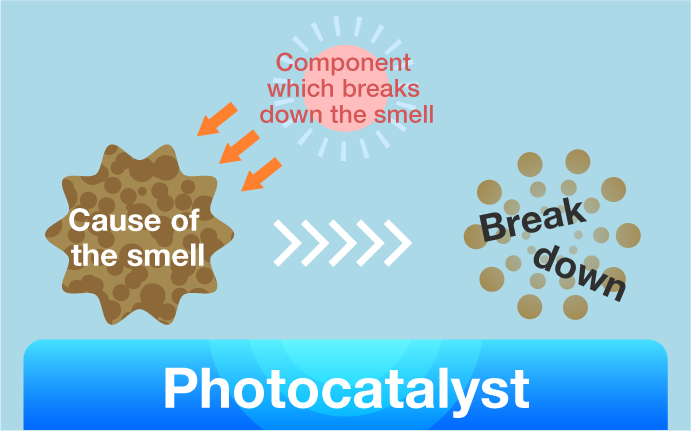
ThreeBond products include ThreeBond 6731, which offers photocatalytic effects and is effective in dark areas. ThreeBond products are also used surprisingly used in familiar places such as trains and elevators.
ThreeBond 6731 applications:
Deodorization: Air purifiers, air conditioners, toilets, kitchens, living room curtains, etc.
Antifouling: Interior and exterior walls, glass, interior materials, automobile interiors, translucent plates found on roads, etc.
Antibacterial: Toilets, interior materials, kitchen, bathrooms, water tanks, etc.
